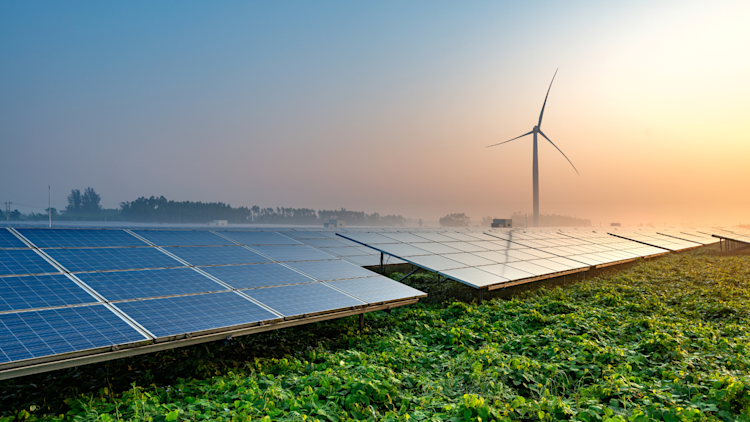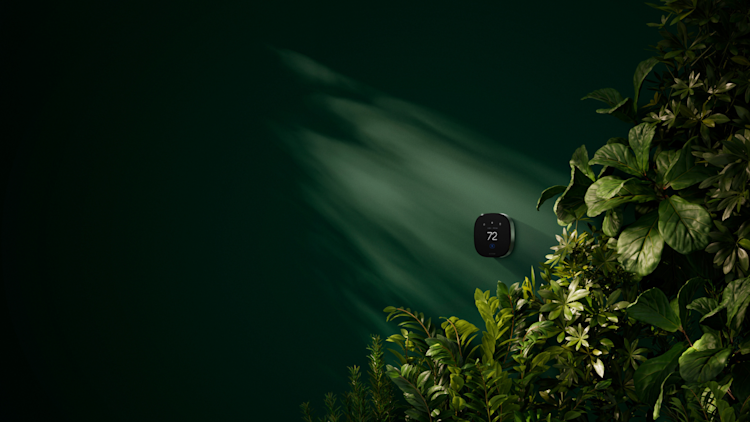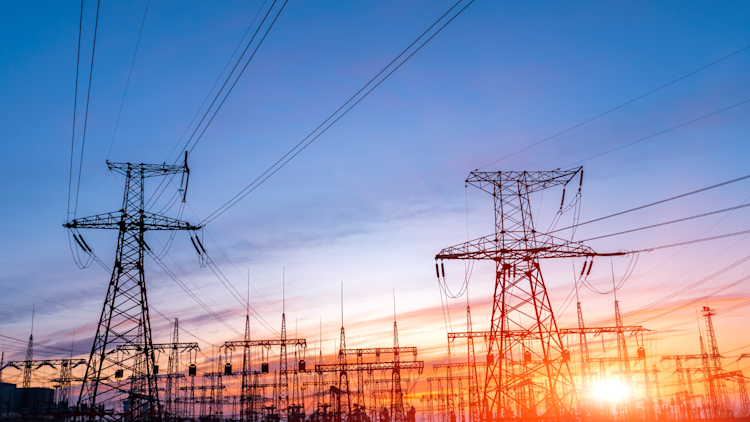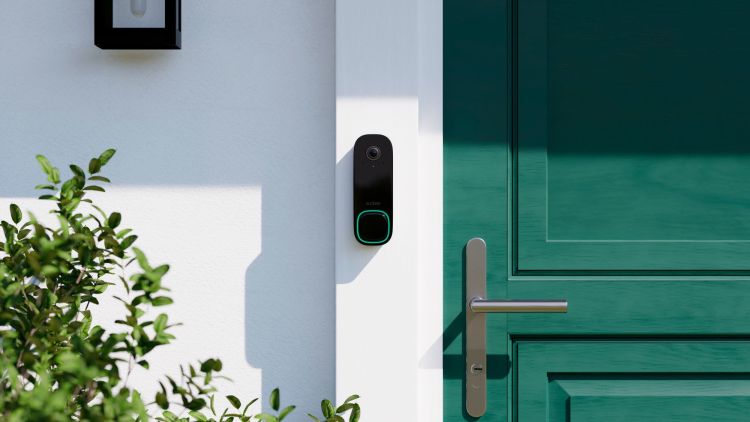How one family has adapted to life in California’s wildfire country
The Binleys moved to California’s gold country seeking their dream home. What they found is a lesson in adapting to and fighting climate change.
by ecobee on 09/30/2021 in Better Planet
5 min read
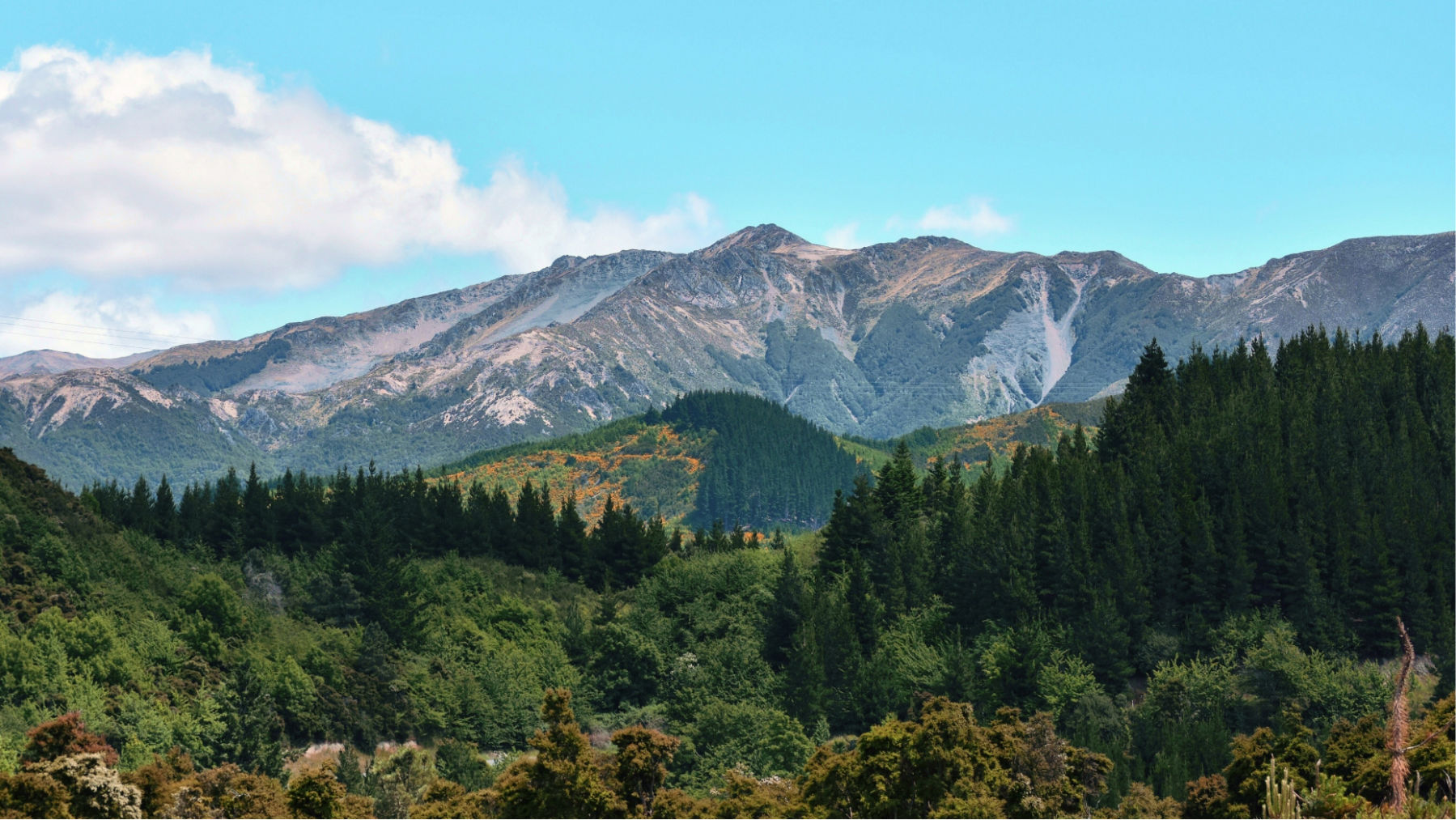
ecobee’s mission is to improve everyday life while creating a more sustainable world. This story is part of a series exploring how we’re living that mission every day.
In 2015, nature lovers Kari and Lance Binley and their two dogs moved from the Bay Area to Shingle Springs, a bedroom community in California’s historic gold country.
Kari, an ecobee energy manager, says all of the benefits of country living in northern California — the close contact with nature, the extra space, the fresh air — have come at a high cost.
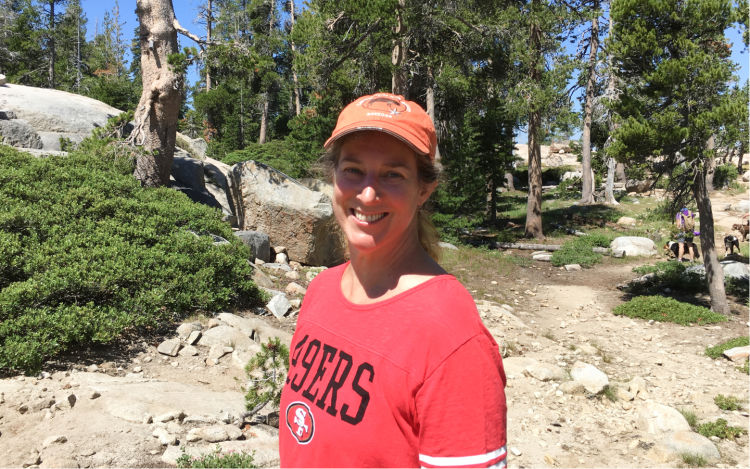
The Binleys, like millions of Californians, live in a high fire area.
The Golden State’s dry climate has always been fire-prone, but scientists have observed a connection between warming temperatures driven by climate change and more frequent and destructive wildfires.
In 2017, record-setting wildfires burned through Northern California. The 2020 wildfire season was arguably even worse. By the end of the year, wildfires had set ablaze more than four percent of the state's roughly 100 million acres.
Scientists say that climate change brings about drier conditions, increasing drought, and extending California's fire season.
When the conditions for fire are right, a spark is all that's needed to trigger a blaze. And the most populous state's large population and long fire season create many opportunities for sparks. For instance, a 2020 fire near Los Angeles was started by fireworks from a gender-reveal party.
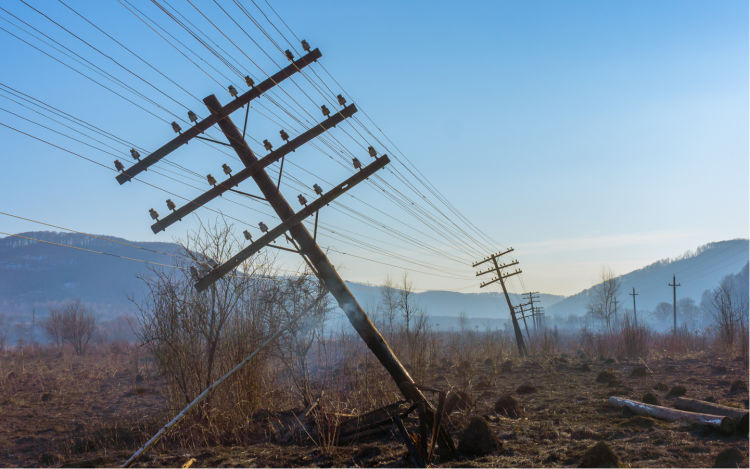
Coping with power shutoffs.
Fires are also frequently started by utility equipment. High winds can cause trees and debris to damage equipment or down power lines, causing wildfires. To reduce the risk of fires during severe weather, Pacific Gas and Electric, Binley's utility provider, shuts off the power.
The result is that prolonged power outages have become a regular feature of life for the Binleys and many Californians.
Their situation became particularly frustrating in 2020 when fire season came after the couple had been isolating for months due to COVID.
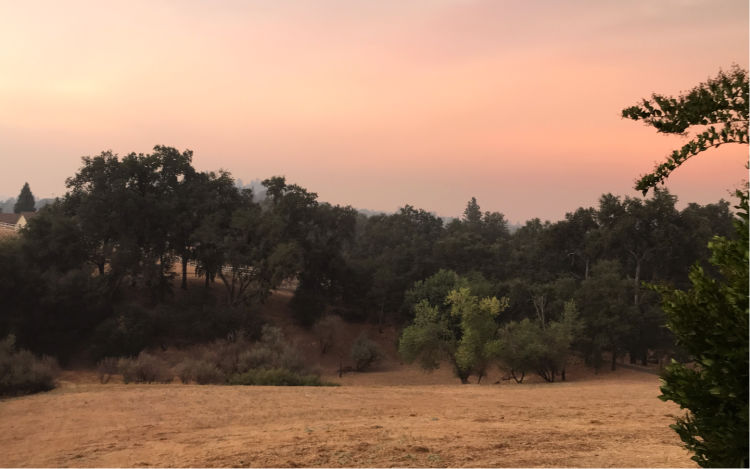
"The outdoor air quality was horrendous. When it's smoky and 106°, you can't go outside for a break, even if you want to," said Binley.
And just as the outside temperature peaked, the brownouts started.
The odd power outage can be expected, but when the smoke is keeping you indoors and the temperature spikes and the power goes out, it is frustrating.
After the power safety shutoffs began in 2019, the Binleys installed a back-up generator.
Batteries to the rescue. Well, not so fast.
Climb atop the roof of the Binleys' ranch-style home, and you will find an array of gleaming solar panels. When the power is on, the modules often produce more electricity than is needed to power their home. They sell surplus electricity to the utility company.
However, because it is tied to the grid, the Binleys' solar system doesn’t work when the power is out — often at times of the year when it is needed most.
Binley says they are looking forward to the day when they can use their rooftop solar system during outages. For that to work they’ll need a large battery. And although battery prices are falling fast, battery systems that can store enough energy to power a modern home are still out of reach for the Binleys, as they are for most.

Looking to the future.
The Binleys’ story shows us the limits of a grid designed for a bygone era — a time when weather was less extreme and power interruptions were less common.
“What we need is full decarbonization. That means taking everything that burns fossil fuels and making it electric," says Binley.
Stuart Lombard, ecobee's founder and CEO, agrees. In addition, Lombard says that in the face of climate change, the electricity grid, like computer networks before it, must evolve to become more resilient. When one piece of the grid goes down, it shouldn't take the whole network down with it.
"With a distributed system, like, for example, the Internet, you might lose one server here or there — but you don't lose the whole thing," says Lombard. "It should be the same with the power grid."
Adapting to and fighting changing climate are two sides of the coin.
As the grid evolves to meet the challenges posed by more frequent severe weather, Lombard foresees a decentralized system of micro grids replacing today's highly centralized, highly vulnerable system.
"The homes of tomorrow will produce, store, and consume clean energy, and neighbors will work collaboratively to deliver clean, affordable energy where it is needed," said Lombard.
Lombard says that adapting to and fighting changing climate are two sides of the same coin.
“We can only overcome climate change with ingenuity. It will also require ecobee thermostats and other intelligent devices in the home to make better energy management decisions for homeowners,” said Lombard.
Time Of Use is helping.
Before energy storage systems for home use become more commonplace and as grids evolve to be more resilient, Binley is taking advantage of the eco+ Time of Use (TOU) feature on ecobee thermostats. With TOU, the Binleys can use more homegrown solar and less daily peak energy produced from dirtier sources.
"Our utility just switched to time-of-use rates. Now we are using eco+ to use more solar energy during the day to cool the home," said Binley.
You can do it too if you live in one of a growing number of areas with time-of-use pricing where the feature is offered. If so, your ecobee thermostat can pre-heat or pre-cool your home at times of the day when energy is less expensive and cleaner.
Lombard says to try thinking about the air in your home as a thermal battery; when you "charge" yours with more power made from the sun or the wind, everybody wins.
TOU is bringing the concept of "energy storage" in the home a little closer to reality today.
Did you enjoy this article?
Thanks for letting us know!

